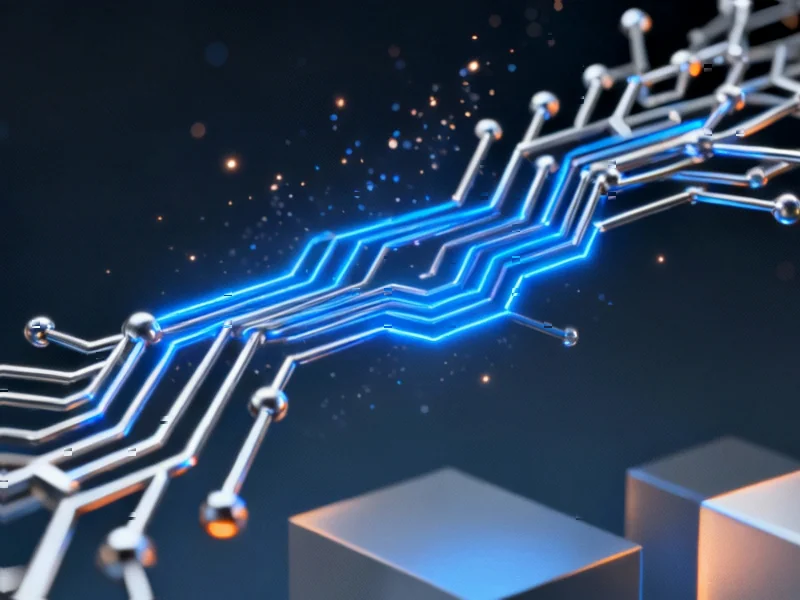According to Forbes, more than one in three U.S. adults already use generative AI tools, with adoption climbing significantly higher among Gen-Z and Millennials according to Prosper Insights & Analytics data. This generational divide is creating classroom conflicts where students face AI plagiarism accusations, sometimes falsely, as detection tools mistakenly flag human-written text as AI-generated about 6.8% of the time. David Brudenell, executive director at Decidr, argues AI should be treated like past generations embraced calculators or the internet—as an inevitable skill rather than a threat. Roughly one in five current AI users already employ the tools for education, generating test questions or clarifying difficult concepts, signaling a quiet shift in learning supplementation.
AI Demands More Thinking
Here’s the thing that gets lost in the panic: using AI well actually requires more cognitive effort, not less. Students who learn to prompt and refine responses engage in a completely different kind of thinking that mirrors real-world problem solving. It’s not about avoiding work—it’s about developing judgment, iteration skills, and reasoning across multiple disciplines. Basically, AI doesn’t replace cognition; it deepens it when used intentionally.
And let’s be honest—the education system has been painfully slow to adapt. The pandemic exposed how fragile traditional learning models really are. When campuses emptied, millions of students experienced what one university student called “academic exile,” marked by isolation and collapsing motivation. But when she started using early LLMs to explain difficult concepts, something interesting happened: her understanding improved, grades rose, and anxiety subsided. The tool didn’t just give answers—it gave confidence.
From Conformity to Capability
This highlights AI’s most exciting potential: true personalization. A generative AI chatbot can adapt to individual learning paces and preferred understanding modes—whether visual, conceptual, or narrative. For students with ADHD, dyslexia, or those learning in non-native languages, that flexibility can be transformative. It creates what Brudenell calls “true equity in action”—environments that adjust to individual needs rather than forcing everyone through the same narrow channel.
Most classrooms still operate on that broadcast model: one teacher, one method, one pace. AI challenges that entire paradigm by enabling individualized tutoring at scale. Instead of standardizing comprehension, it promises to cultivate actual capability. The real question isn’t whether we should allow AI—it’s whether we can afford not to.
Rethinking Academic Integrity
The whole cheating panic misses the point entirely. If an LLM can produce a passable essay, the problem isn’t the student or the software—it’s the assessment itself. That University of Maryland study finding AI detectors falsely flag human work 6.8% of the time should be a wake-up call. We’re measuring the wrong things.
Forward-thinking educators are already redesigning how they evaluate understanding. Imagine curriculum where students aren’t just graded on conclusions but on the prompt chains they used to reach them. When students train AI tools on their own writing patterns, those systems create transparent records of intent and originality—better safeguards than any plagiarism detector. This assesses comprehension, creativity, and reasoning simultaneously, which is what higher-order learning should be about.
The Real Risk is Falling Behind
Look—the toothpaste is out of the tube, as Brudenell says. You can fear the machine, or you can teach the child to command it. Countries that treat AI as forbidden will produce graduates unprepared for the world they’re entering. With Gen-Z adoption nearly double that of Boomers according to Prosper Insights, schools can’t ignore this widening digital literacy gap.
Yes, overreliance has consequences—studies suggest it can weaken memory. But that’s precisely why education must evolve. Companies like Decidr are building systems that embed intelligent mentors directly into learning platforms, offering real-time adaptive feedback. The goal isn’t to replace teachers but to enhance them, moving beyond static courses toward dynamic, personalized learning.
The debate will continue, but when deployed with purpose, AI could transform learning from standardized process into vibrant dialogue between curiosity, technology, and human potential. The alternative? Well, let’s just say banning calculators didn’t work out so well for the slide rule industry.




